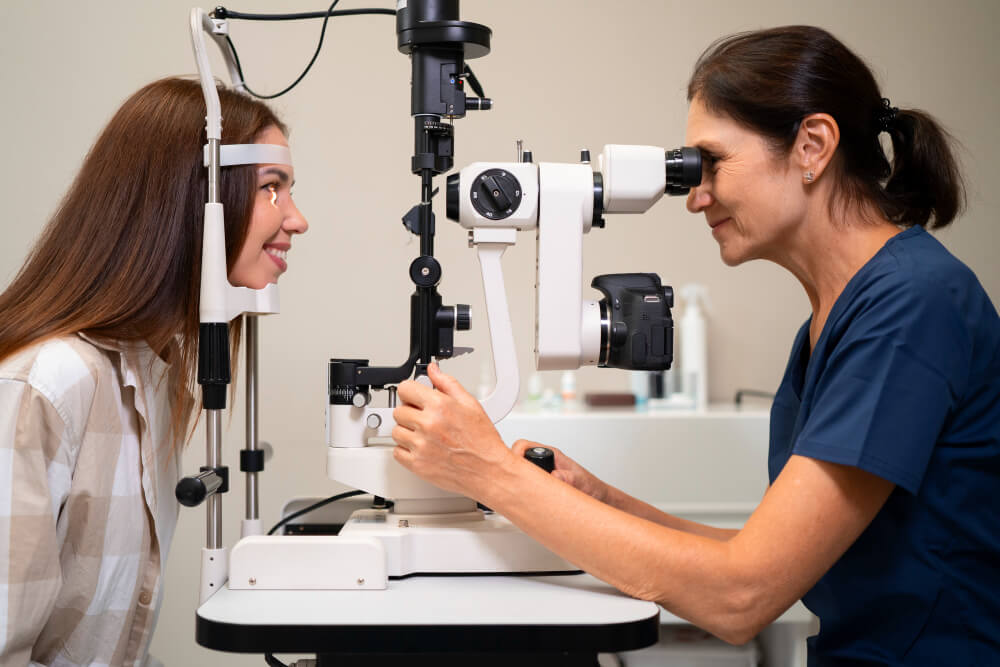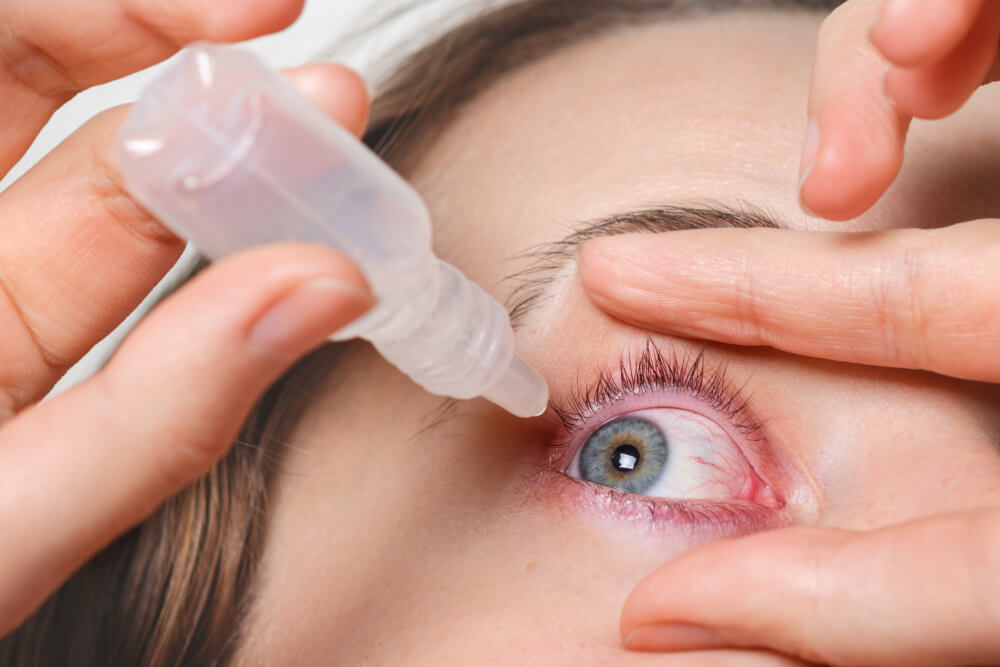Your Eyesight in Expert Hands: Understanding Ophthalmologists and Treatment Options
Our eyes are the windows to our world, allowing us to experience the beauty and complexity around us. But like any essential part of our body, they require regular care and attention. This is where ophthalmologists come in – highly trained specialists dedicated to preserving and restoring vision.
This article delves into the world of ophthalmology, exploring the role of these professionals, the vast array of eye conditions they address, and the various treatment options available.

Who is an Ophthalmologist?
An ophthalmologist is a medical doctor (MD) or doctor of osteopathy (DO) who has completed extensive training in diagnosing and treating all aspects of eye diseases and conditions. They undergo:
- Four years of medical school: This rigorous program provides a strong foundation in medical science and prepares them for further specialization.
- Four years of ophthalmology residency: This focused training involves rotations in various subspecialties, equipping them with the skills to manage a wide range of eye conditions.
- Optional fellowship training (1-2 years): Some ophthalmologists choose to further specialize in specific areas, such as pediatric ophthalmology, glaucoma, or retina.
What Conditions Do Ophthalmologists Treat?
Ophthalmologists possess the expertise to handle a diverse spectrum of eye conditions, affecting various parts of the eye. Here are some of the most common:
Refractive Errors:
These are common vision problems causing difficulties focusing light on the retina, resulting in blurry vision. They include:
- Myopia (Nearsightedness): Difficulty seeing distant objects clearly.
- Hyperopia (Farsightedness): Difficulty seeing near objects clearly.
- Astigmatism: Blurred vision at all distances due to an irregular-shaped cornea.
Ophthalmologists can correct refractive errors through:
- Eyeglasses: Lenses that bend light rays to focus them accurately on the retina.
- Contact lenses: Thin lenses worn directly on the eye surface, offering a wider field of view than glasses.
- Refractive surgery: Laser procedures like LASIK or PRK reshape the cornea for improved vision.
Cataracts:
A clouding of the natural lens of the eye, gradually leading to vision loss.
Treatment typically involves cataract surgery, an outpatient procedure where the clouded lens is removed and replaced with an artificial intraocular lens (IOL).
Glaucoma:

A group of diseases that damage the optic nerve, potentially leading to vision loss and permanent blindness if left untreated.
Treatment options include:
- Eye drops: Help lower intraocular pressure (IOP), the pressure inside the eye.
- Laser surgery: Creates drainage channels in the eye to reduce IOP.
- Minimally invasive surgical procedures: Implant devices or perform procedures to improve drainage and regulate IOP.
Age-Related Macular Degeneration (AMD):
A progressive disease affecting the macula, the central part of the retina responsible for central vision.
Treatment options include:
- Antioxidant supplements: May slow the progression of AMD in certain cases.
- Intravitreal injections: Injections of medication into the eye to manage specific forms of AMD.
- Low vision rehabilitation: Helps patients with vision loss adapt their daily activities and use assistive devices.
Other Common Conditions:
- Diabetic retinopathy: Eye complications associated with diabetes.
- Dry eye: A condition causing irritation and discomfort due to insufficient tear production.
- Strabismus (crossed eyes): Misalignment of the eyes, causing double vision.
- Corneal diseases: Affecting the clear dome-shaped surface at the front of the eye.
Treatment Options Beyond Glasses and Contacts
Ophthalmologists offer a comprehensive range of treatments beyond corrective lenses. These advanced medical and surgical options aim to address various eye conditions and preserve vision:
- Laser surgery: Offers precise treatment for various conditions, including refractive errors, glaucoma, and diabetic retinopathy.
- Minimally invasive surgical procedures: Employ smaller incisions and advanced technology for faster recovery and improved patient outcomes.
- Injectable medications: Delivered directly into the eye to treat specific conditions like wet AMD and macular edema.
- Neuro-ophthalmology: Diagnoses and treats eye problems related to the nervous system.
- Oculoplastic surgery: Addresses eyelid disorders, including ptosis (drooping eyelids) and blepharoplasty (eyelid surgery).
When Should You See an Ophthalmologist?
It’s crucial to schedule regular eye exams with an ophthalmologist, even if you experience no vision problems. Early detection and treatment of eye diseases can significantly improve outcomes and prevent vision loss.
